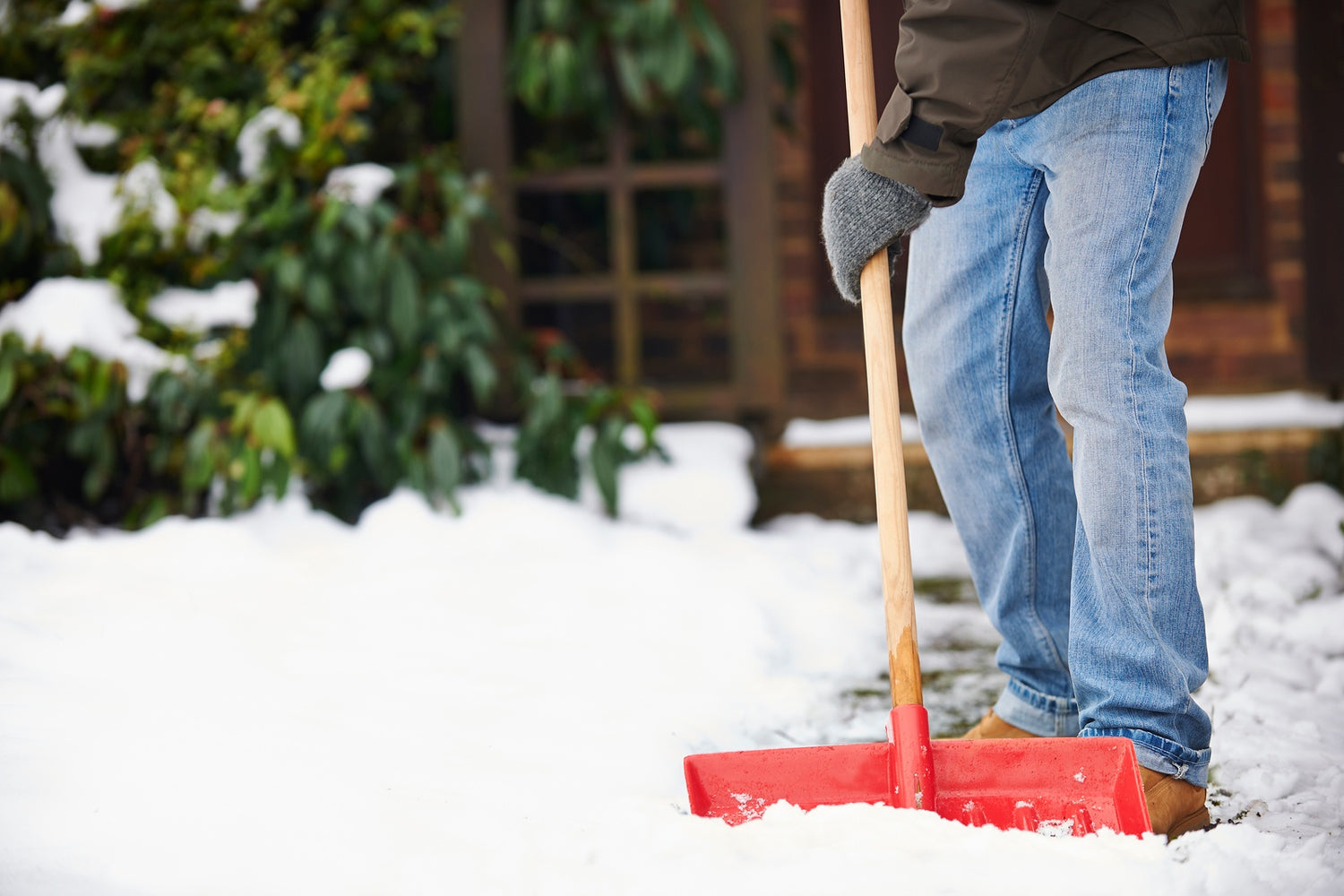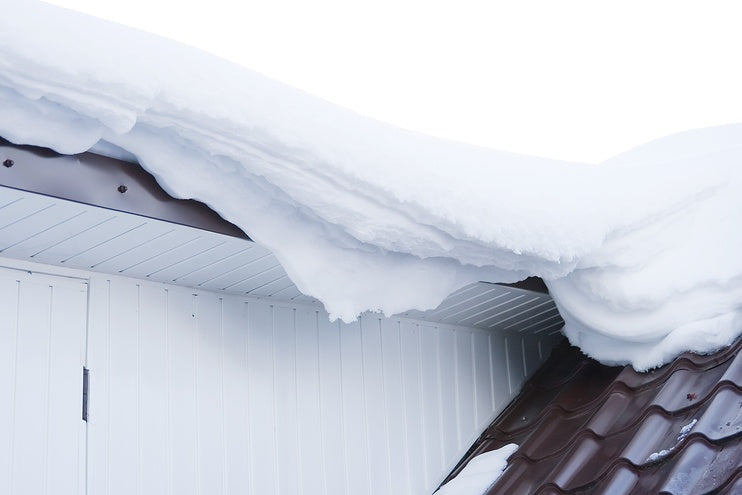
Approximately 11,500 snow-shoveling related injuries occur in the United States each year, 95 percent of them occurring at or near the injured person's home. While more than 20 percent of such injuries involve adults age 55 or older, the remaining 80 percent make it obvious that seniors are not the only group at high risk for shoveling snow.
What are the most common types of snow-shoveling injuries?
The intense workout to your heart as a result of lifting or even pushing snow is the main source of danger when engaging in snow and ice removal efforts around the house. Nearly all the 100 or so deaths that occur each year during snow-shoveling are caused by cardiac arrest or some other type of heart trouble.
Merely walking through wet or deep snow, or climbing up- or downhill through snow, can put a strain on the heart. And being outside in severe cold forces the heart to work harder to keep your body warm, not to mention the risk it puts you at for developing hypothermia or frostbite.
Other common injuries include soft tissue injuries (more than half of all incidents); over-exertion that strains/damages the musculoskeletal system (again, involved in about 50 percent of cases); and lower back pain (around a third of all injuries). Slip-and-fall accidents account for 20 percent of all incidents, while getting hit by a snow shovel occurs in 15 percent of injury incidents.
Only about 5 percent of snow-shovel injuries result in hospitalization, but this amounts to hundreds of people going to the hospital each year because of them.
How to minimize the risks of injury while shoveling snow
Those with a history of cardiac problems, high blood pressure, high cholesterol, who smoke cigarettes or are generally sedentary should avoid shoveling snow. For those who do want to shovel, seniors and anyone with any type of condition or disability should check with their doctor before attempting the task.
Shovelers should take some basic safety precautions to minimize the risks of injury, including:
-
Do not shovel snow right after waking up, since most snow-shoveling related heart attacks occur in the early morning hours. This is due to the tendency of blood to clot more easily at this time of day. It is advisable to wait half an hour or more in the house, warming up, before venturing outside.
-
Avoid heavy meals and consumption of coffee just before or after shoveling. Big meals divert blood to the stomach, and coffee raises your blood pressure/heart rate, either of which making it less safe to shovel.
-
Dress warmly and in layers while outside in the cold. Take frequent breaks, drink water to avoid dehydration and, if you feel dizzy, short of breath, or exhausted, call it off and go indoors.
-
Use a smaller shovel so the weight you are pushing/lifting is less per load. Look for a shovel that is ergonomically designed for easy pushing; it should be plastic and lightweight, and should have a metal cap on the scoop to cut into snow banks more easily and improve durability.
Alternatives to shoveling
For those who cannot shovel snow or who simply wish to avoid it, here are some other options:
-
Hire someone else to do it. Perhaps a family member, friend or neighbor can be enlisted to help. Or, there’s always a neighborhood kid with a shovel, or a snowplow service.
-
Use rock salt or some other de-icer. You can put down salt brine before a major snowfall to help snow melt on contact and to prevent accumulated snow from adhering to the pavement (making it easier to shovel later). However, salts of all kinds harm concrete or asphalt, can become a hazard to small children and pets who might ingest them, and can exacerbate "winter kill" of turf and plant life along the edges of your pavements.
- Install a heated driveway or heated snow-melting mats. Installation of a heated driveway system is a long-term solution and is very effective. However, this convenience comes at a significant cost and usually involves tearing up your existing pavement. Alternatively, driveway-grade snow-melting mats keep tire lanes snow/ice free and, together with other snow-melting mats for walkways, outdoor steps, and entry areas, maintain a clear path to and from house and vehicle. These mats are easy to install, are economical to operate, and melt about two inches of snow per hour without the need to resort to de-icers.
The unpleasant truth about shoveling snow is that it is "dangerous business," especially to anyone who has a heart condition or other high-risk factors. For those who are ready, willing, and able to shovel their own snow, care should be taken to follow basic safety measures. For those who cannot, or do not wish to, shovel snow, there are alternative strategies to employ. Among them, heated driveways and snow-melting mats are the safest ones.


